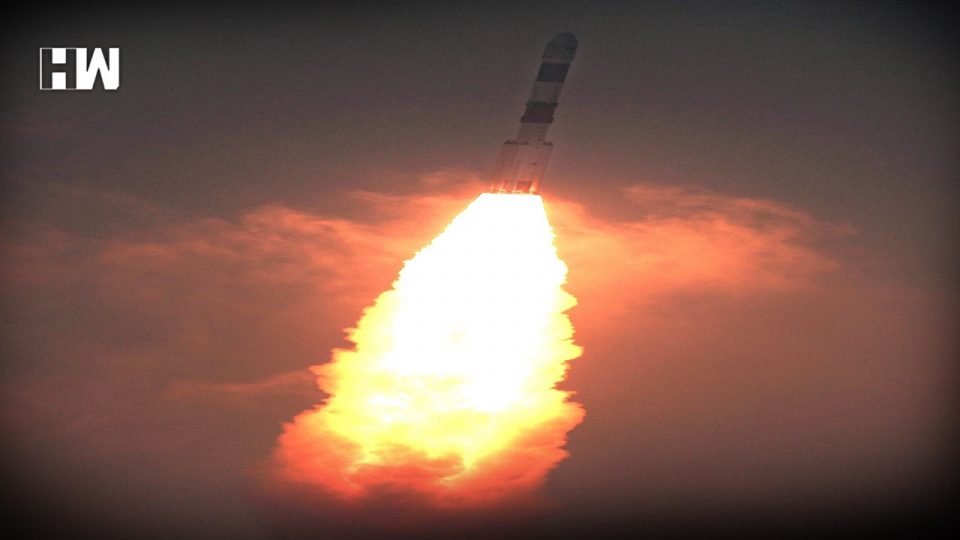ISRO’s PSLV-C47 loaded with 14 satellites One from India and Thirteen from the US
#PSLV-C47 carrying Cartosat-3 and 13 USA nanosatellites lifts off from Sriharikota pic.twitter.com/BBA9QQ2AVd
— ISRO (@isro) November 27, 2019
The cargo includes 13 commercial nanosatellites from the US, which the space agency agreed to launch under a deal with NewSpace India Limited, ISRO report. All the 13 nanosatellites were also put into orbit.
ISRO Chairman K Sivan sat among the space agency’s scientists inside the control room as he monitored the flight of the rocket. “I am extremely happy to declare that PSLV-C47 precisely injected Cartosat-3 and 13 customer satellites successfully in the desired orbit of 509 km,” Mr Sivan said. “Cartosat-3 is India’s highest resolution civilian satellite, and the most complex and advanced earth observation satellite ISRO has built so far,” he to news agency PTI reported.
He congratulated the teams behind the satellite as well as the launch vehicle. “Our hands are full,” Mr Sivan said, with 13 missions scheduled till March 2020. “They combine some six launch vehicle missions and seven satellite missions,” he said.
This was the 21st flight of the Polar Satellite Launch Vehicle (PSLV) in “XL” configuration with six solid straps on motors, according to ISRO and was the 74th launch vehicle mission from the space centre in Sriharikota, Andhra Pradesh.
The Cartosat-3 Earth-imaging satellite, which weighs a little over 1,600 kg, will help its users in planning for large scale urban projects, rural resource and infrastructure development and keeping track of coastal and land cover. Among the 13 nanosatellites from the US is Flock-4P which will map the Earth.
Also Read: Here’s what you can see in the first image sent by Chandrayaan 2
Today’s launch came months after ISRO sent a mission to the moon Chandrayaan 2 which did not go as planned in the final stages of the mission.
The ISRO’s 44-metre-tall PSLV has put into orbit 297 foreign satellites so far, and with today’s launch the 300 marks have been crossed, IANS reported.
As an independent media platform, we do not take advertisements from governments and corporate houses. It is you, our readers, who have supported us on our journey to do honest and unbiased journalism. Please contribute, so that we can continue to do the same in future.

